In 2023, websites where you can compare prices for certain goods or services have reached the peak of their popularity. Today, we’ll discuss how to make a price comparison website and why it’s a profitable business idea. (It really is, by the way.)
Our team has been involved in price comparison website development many times, so this guide is based solely on our experience. If you have additional questions related to creating comparison websites, please contact us.
What is a price comparison website?
It doesn’t really matter if people ultimately buy in physical stores or online. In this day and age, when in need of a product, the majority of buyers do some online research before making a purchase. One of the major things they consider is the price.
That’s when price comparison websites come in handy.
Price comparison sites aggregate information about product prices on different websites, display this information, and thus allow consumers to choose a store to buy from based on the price. There are, of course, a variety of other features and technologies involved, so making this kind of site isn’t all that easy. But that’s the gist of it — you help people find products for the lowest price.
Note: Price comparison websites don’t sell products! They compare prices on different e-commerce websites and provide links to product pages on those sites.
The popularity of price comparison websites is understandable: after all, most people care about their money. Comparing prices is especially relevant when we’re talking about expensive products, but price comparison sites and apps are a thing even when it comes to grocery shopping. Besides, these services are about more than just finding the best deals. Price comparison sites usually provide product information and sometimes provide news about deals and promo campaigns. That’s on the consumer side.
On the other side are the businesses selling products and services. For them, price comparison sites are promotional platforms. Having an online store featured on a price comparison website increases the number of visitors and, consequently, buyers – if the prices are competitive enough, that is.
How to start a price comparison business

Before we dive deep into the price comparison website features and technologies you’ll need to implement, there are a couple of things we need to emphasize.
1. You’ll have to determine your niche
To build a price comparison site, you first need to decide on a niche. Given how popular online price comparison websites have become, building a new one means facing tight competition. However, some niches are fuller than others.
For example, the flight comparison niche is one of the most overcrowded today, with service providers like Momondo, Google Flights, and Kayak being difficult to challenge globally. Something on a smaller scale, though — say, a site comparing prices for flights from several airports serving rural areas — is easier for a startup to tackle. Just an idea off the top of the head.
You’ll need to do market research to find out what niche is underrepresented in the market you’re aiming at. If you already have a niche in mind, you’ll have to thoroughly research your competitors. If you’re outsourcing your website development to a web development company, your project manager should be able to help with competitor research.
2. It’s important to follow the CARE principles
CARE is a set of four principles that can (and should) be applied to any digital comparison website and mobile app. These principles were originally created by the Competition and Marketing Authority, a UK government agency. The goal of CARE was to set rules for digital comparison tools to ensure they’re trustworthy and provide quality services.
However, CARE principles are useful beyond the UK, and are a good guideline to use for your price comparison website regardless of where it’s launched. Moreover, following these principles can be vital for your site’s success.
CARE stands for:
- C — Clear
- A — Accurate
- R — Responsible
- E — Easy to use
In short, this means that a price comparison tool, be it a website or a mobile app, should:
- Be clear on its policies, properly explaining its monetization model (more on that below), how it works, and what part of the market it covers.
- Provide accurate data in listings, i.e. data that is up-to-date, correct, complete, and not misleading.
- Be responsible and law-abiding in all matters that deal with customers’ data, be it collecting reviews or handling complaints.
- Present all necessary information, including communication methods, in a way that’s easy to find and use.
Price Comparison Website Features to Include
In order to create a price comparison site, like with any other software, you need to decide on the functionalities. Let's look at the key features of a price-comparing website.
Listings
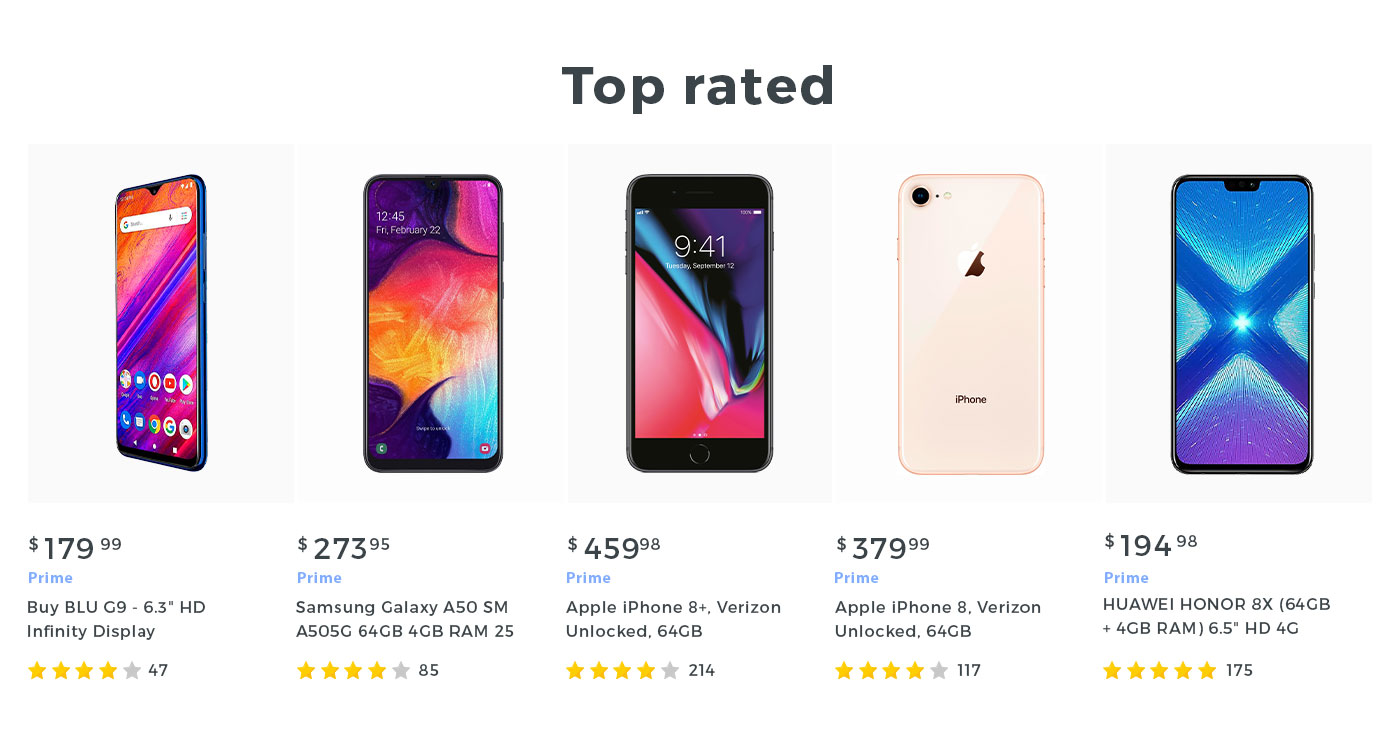
Listings are the pages where comparisons are displayed. These are the main pages on comparison websites. Even though we’re talking about price comparison sites specifically, listings should display not only an item’s name and price but some product features crucial for the buyer.
For example, consider flight tickets. When comparing different flights for the same date, the following information will most probably be important to your users:
- Airline
- Airport
- Time of departure and arrival
- Travel time
- Layovers
- Type of aircraft
- Ticket class (economy or business)
Here’s another case. Let’s say a person is looking for a new smartphone. What information would they want to know?
- Model
- Screen size
- Storage
- Camera specs
- Display resolution
- Carrier (or if it’s an unlocked phone)
Every product has its own main specs. These need to be shown to the potential buyer without them having to go to each seller’s website. This information should also be displayed in an easy to understand way.
Search and filters
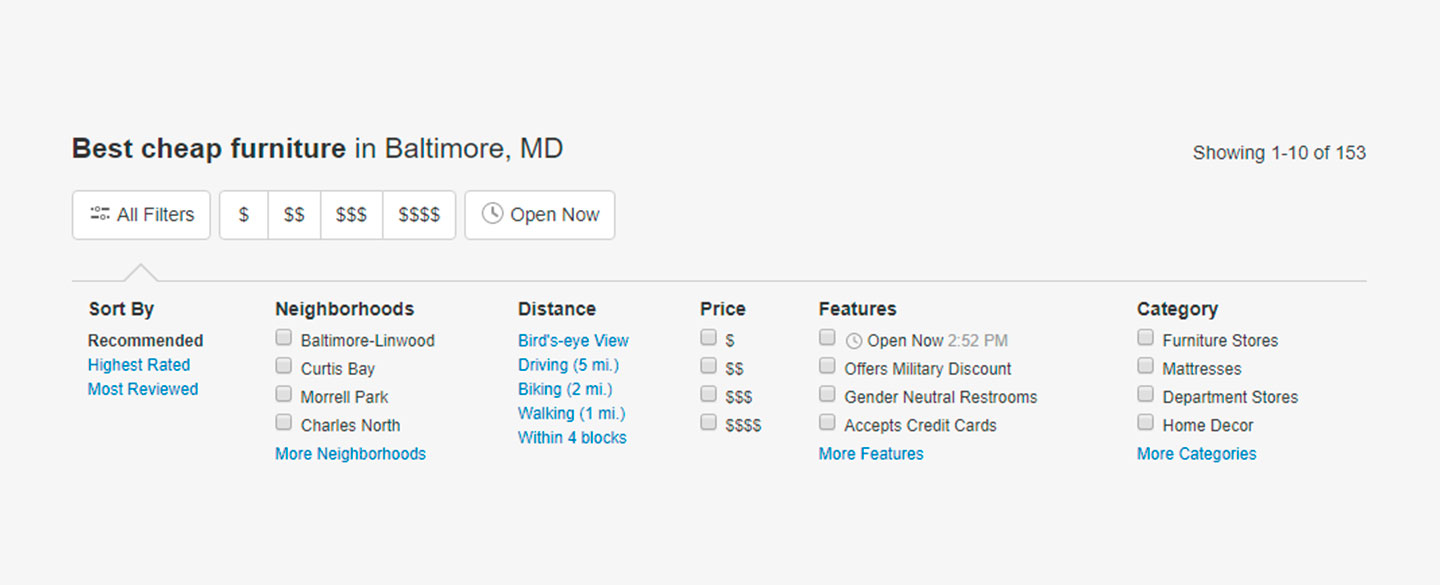
Search is an integral part of just about any website, and it’s pretty obvious that users looking to compare prices should be able to find not just a particular product but a specific model.
On the other hand, filters will be of great help to buyers who aren’t searching for a specific model but rather for a set of specs. By marking fields with required specifications, users can narrow the search. Filters should at least include the same information displayed in listing results.
Reviews and ratings
Reviews are an important way for buyers to make a decision about which store they’d like to buy from. You can allow users to leave reviews and comments right on your website, or you can take reviews from sites selling the items you’re comparing. Or both.
Price history and alerts
Information about price history might be of interest if you’re planning to build a price comparison website in a niche with seasonal or other periodic fluctuations.
For example, flight prices typically rise close to holidays, big cultural events, and vacation months. Hence, people often buy tickets for these dates way beforehand. In cases like this, price history charts are the best — they can show when to buy cheaper tickets.
In addition to price change charts, many price comparison websites offer price alerts. There are two types of alerts:
- General alerts for when the price drops
- Alerts activated when a certain price is reached
The second type of alert is especially popular among buyers of expensive gadgets, since prices for older models can drop significantly when a new model comes out. General price drop notifications, on the other hand, are popular among those who want to buy an item sooner rather than later but aren’t in too much of a hurry.
Extra feature: Rewards program

In certain niches where a lot of attention and effort is spent on user retention, rewards programs are widespread. For example, rewards are often used on travel-related and flight comparison websites: travelers who use Booking.com and TripAdvisor, for example, can earn tokens that can be exchanged for discounts. However, do keep in mind that such discount deals will have to be agreed with service providers you’re linking to.
By the way, a somewhat similar discounting system is often used by bloggers promoting products: said bloggers receive a unique code that their readers/viewers can use to get a discount.
Barcode/QR code scanner
This feature is useful if you’re building a price comparison website with an app to compliment it. A barcode scanner can be used to compare prices on the go: when a user goes to a store, they can scan a barcode to check if a product is offered at another store for a cheaper price.
How price comparison websites collect data
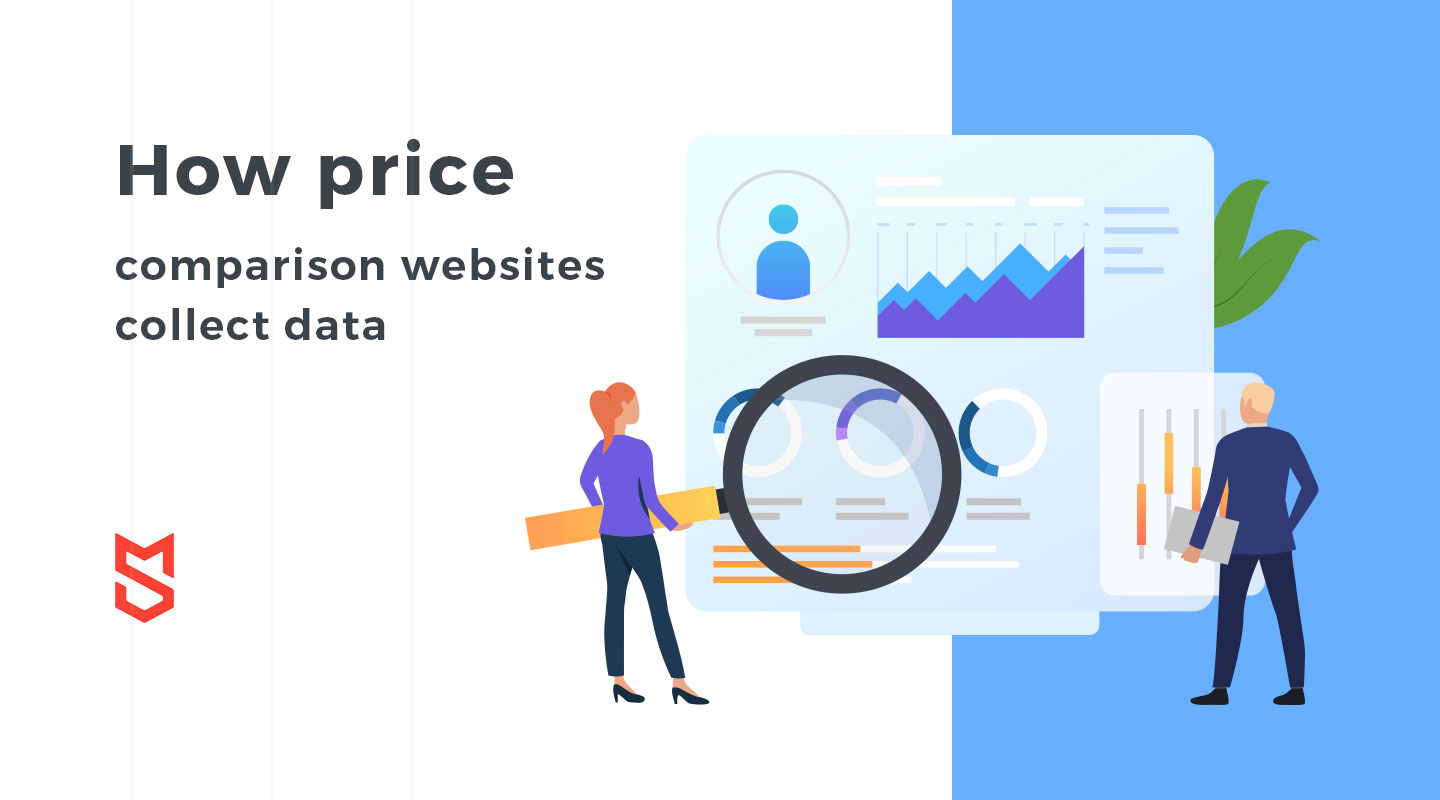
There are several ways to collect price and product description data from websites and add it to your custom price comparison website.
- Integrating APIs
- Web scraping/parsing
- Crowdsourcing
- On-demand quoting
- Adding data manually
Integrating APIs
APIs are the best option for data collection. By integrating APIs from your partner retailers, you’ll receive all the necessary data automatically. In most niches, there are standards in place as to what information is provided to the user. This makes integrating different APIs into a single database easier. Some issues may occur, but experienced web developers will be able to handle them without a doubt.
Web scraping or parsing
Web scraping involves creating a special web bot (usually called a crawler or spider) that constantly (or at least regularly) checks search engines or specific websites and collects their data. Crawlers can help you build an extensive database in a short amount of time and keep it up to date. This is another fairly simple option for developing a price comparison website.
While it’s considered good manners to ask permission for most internet activities, web scraping can be done without approval from vendors. Which can understandably aggravate said vendors. For this reason, website owners that don’t want their sites to be affiliated with and/or featured on price comparison websites can develop anti-crawlers — bots that hinder automatic data collection.
Also, web crawlers aren’t cheap to develop (or hire), are illegal to use without permission, and don’t provide any direct profit to you. Basically, crawlers are only good if you need to provide your website an edge by having a larger database.
On-demand quoting
In some markets – the insurance market, for example – it’s impossible to specify a price without any client information. The same goes for energy markets. Hence, the need for on-demand quoting.
How does on-demand quoting work with price comparison websites?
- The customer comes to your website, where a selection of your affiliated service providers are listed.
- The customer provides information in a form.
- The form is automatically sent to all or to selected service providers listed on your website.
- Service providers send back quotes based on the customer’s data.
- Your website automatically creates a comparison of these quotes and sends it to the customer.
- The customer chooses a provider and follows a link to make a purchase.
This process can take some time — usually, at least a few hours, but sometimes several days. Also, you’ll need to create a communication channel to deliver quotes to the customer. Email is the most common method.
Adding data manually
This option is only suitable if you’re planning to build a price comparison website for a small niche with only a few e-commerce websites. Small vendors might provide you with their products and prices that you’ll have to manually add to your website and update every time the stock or price changes. If your site operates in a big market with numerous retailers, adding everything manually is a lot of effort.
Options for price comparison website development
Similar to building a classifieds website, there are three main options for those who aim to create a price comparison website: create a niche comparison site from scratch with the help of a web development outsourcing company, use ready-made scripts, or go for a price comparison WordPress theme. All three have their pros and cons. Here’s a short comparison table:
| Custom development | Ready-made script | WordPress themes | |
|---|---|---|---|
| Pros |
|
|
|
| Cons |
|
|
|
| Use when | You want to make something unique to stand out from the crowd in a competitive niche. |
You already have a core website and only need to add a price comparison engine. |
You’re limited in funds or have few competitors in your niche and don’t need anything unique or complicated. |
If you want to build a custom price comparison website but money is a concern, you might be interested in our article about how to raise money for your app.
How do price comparison websites make money?
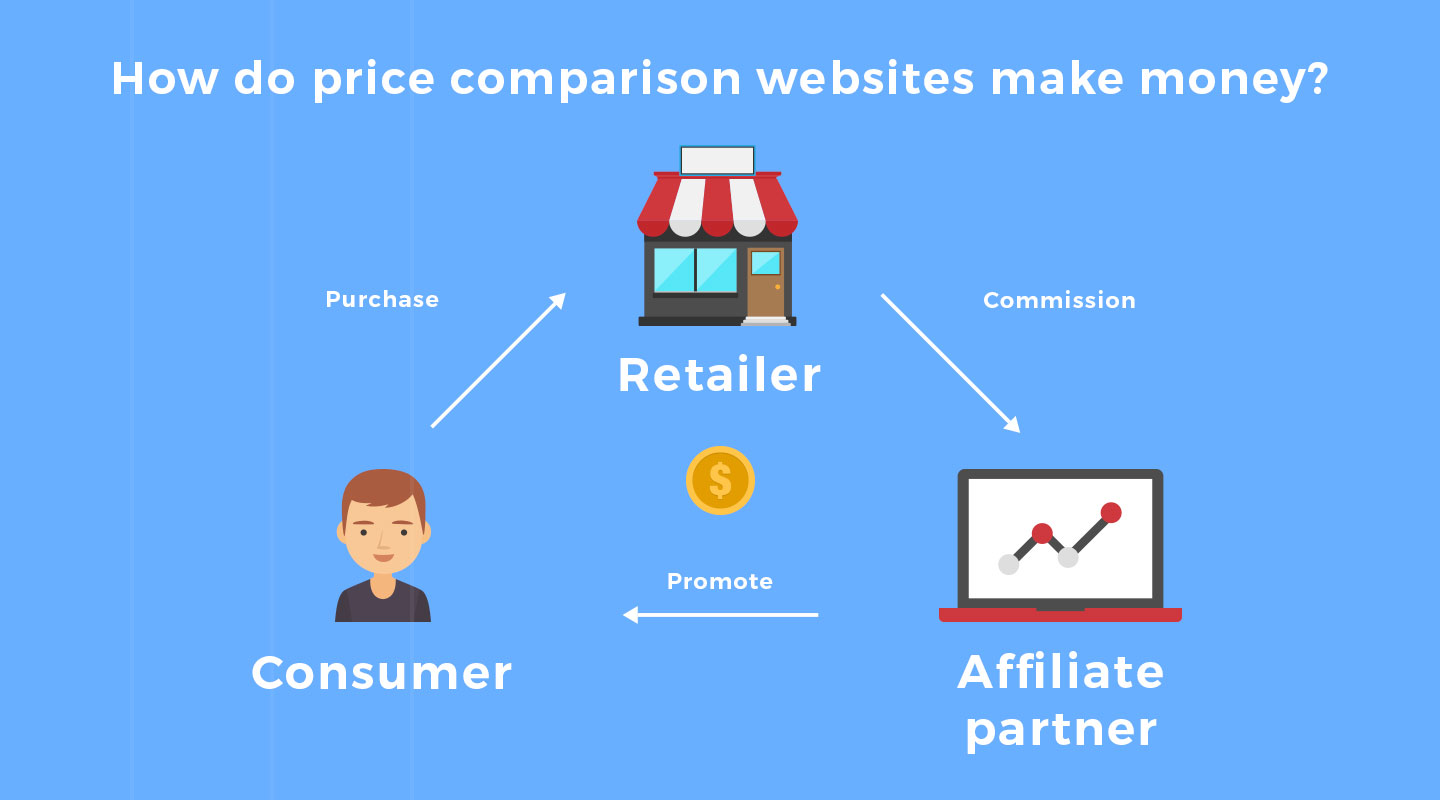
The most common business model for a price comparison website is affiliate marketing. Affiliate marketing means that a price comparison website owner has an agreement with a vendor and provides links to said vendor’s website in exchange for a fee. The links have a unique identifier so the vendor knows where customers come from.
Depending on the agreement specifics, the fee can be paid for any customer following the link to the vendor or only for those customers who make a purchase after following the link.
Some price comparison sites also make money with ads or by promoting specific vendors at the top of the page. However, these two models are less popular than affiliate marketing.
How much does it cost to make a price comparison website?
The cost to develop a price comparison website with the help of an outsourcing web development company will depend on several factors, including the outsourcing company’s location, the number of specialists involved, the required third-party technical solutions, and the website complexity.
Below is a list of the specialists typically involved in creating a comparison website.
- 1 project manager
- 1 UI/UX designer
- 1-2 frontend developer
- 1 backend developer
- 1 QA specialist
For a team like this, a price comparison website will take about four months and cost $43,000 and up, depending on the number of features you want to include, the complexity of the price comparison engines, the APIs and scripts you implement, and other factors.
While price comparison websites are quite complex and can be tricky, an experienced team of web developers can build such a website with few issues. In this article, we’ve covered the most popular questions about how to create your own niche price comparison site. If you have more questions on the topic or want to receive a more precise cost estimate, contact us for clarifications and a quote.

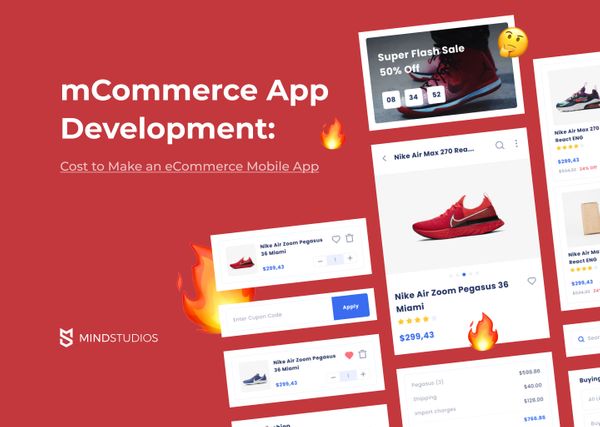


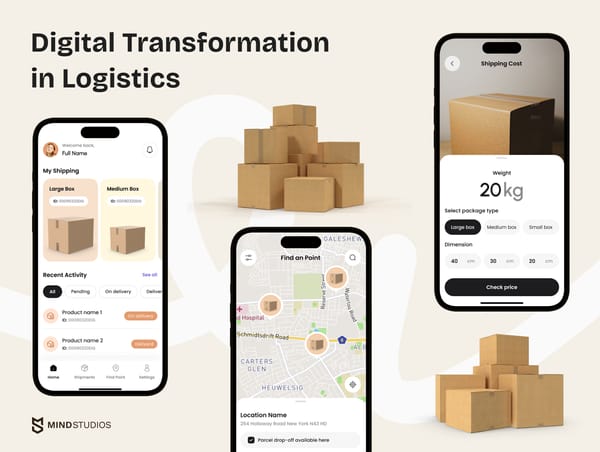
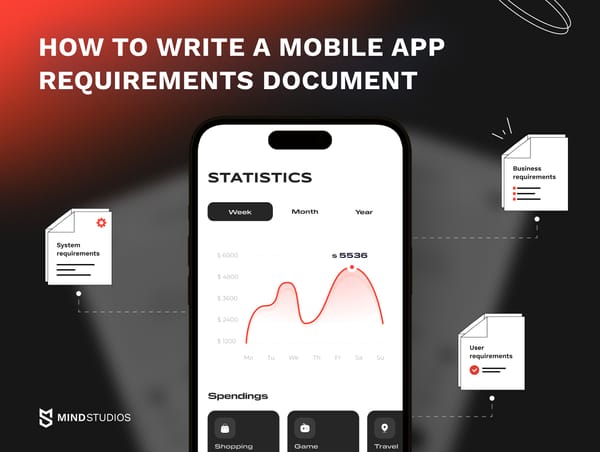

![How to Create an On-Demand Medicine Delivery App [Expert Guide]](https://themindstudios.com/blog/content/images/size/w600/2025/03/IMG-1-Cover-6.jpg)


